Week 2 Focus: Primary Math ActivitiesThis week I want to focus on some tips for helping primary kids with math. I feel strongly that providing real life experiences helps to make learning meaningful, engaging, and relevant. Math is often thought of as lots of calculations, worksheets, equations and critical thinking activities, but in fact, math is used in almost every decision and action that we make on a daily basis. Here are just a few ways that we use math. I have also included some resource ideas. Sorting and ClassifyingWe sort things at home all the time. Think about your closet, dresser, cupboards, shelves. When you organize clothes, put away groceries, or clean up your room, you are sorting and classifying. This is a good time to look at the different kinds of sorting and classifying. What characteristics are you using for sorting? For example, with clothing, do you sort by type of clothing, color of items, season that they are worn, whether they are hung up or put into drawers or on shelves? These are just a few of the possibilities, but I think you get the idea. Not everyone uses the same set of "rules" for sorting and classifying, so this can provide opportunities for discussions as to how the "rules" are determined and may even lead to changing some of the ways that the sorting and classifying are done in the future. MeasurementKids are fascinated with measuring things. There are so many opportunities to practice measurement in everyday activities. One of the best places to do this, is in the kitchen. When cooking or baking, many forms are measurement are used. Measuring out ingredients involves using weight, mass, and volume to determine how much of each item to use. Scales, measuring cups, measuring spoons, and container of specific measurements are used. When the items are being prepared, temperature and time also become important if baking, chilling, or freezing is required. Another place where measurement is important, is at the store when shopping for food or clothing. When buying groceries, produce is weighed, packages have measurements to check, labels are read, and portions are measured. When buying clothing, size and height are important to know. At home, doing things in the workshop or the yard often require understanding linear measurement. Measuring lengths and widths of materials and being able to accurately use a measuring tape and calculate when doing construction is important. Here are a couple of examples of other measurement opportunities that involve longer distances. If you want to go on a trip, it is important to figure out how far away your destination might be and how long it will take you to get there. Perhaps you can plan it out together. Watch a track and field event or a football game. Distance is key in these sports. Time can also be important. You can find out more specific ideas for measurement here. Check out my measurement category for more resources. EstimationIt is amazing how many people find it difficult to estimate things. There are so many time when this can be an important skill to possess. Think about trying to estimate how much food is needed to feed a family, how many items will fit into a container, how much money you will need when you get to the checkout, just to mention a few. Being able to estimate time needed to get ready for school, when to leave for an appointment, how many things can be done during a set amount of time are other good skills to have. Learning to estimate things well takes time and practice. Start small with estimating things like how many objects are in a jar, how many items you can fit in a box, how long it will take to walk around the block. As the estimations get fairly accurate, increase the complexity. It might even be fun to have a competition to see who gets closest to the actual answer. TimeDeveloping an understanding of time takes practice. It begins as a concept that is very broad for young children. It is important to start with big ideas and gradually get more specific. Younger children aren't ready to read clocks and accurately make sense of what the time means. How many times have you heard kids telling their friend they will invite them to their party as if it is happening next week, when in fact, it may be several months away. They will talk about what they want to do next time some event happens as though it will be happening again soon. That is why calendars and schedules are introduced in the classroom and become a focus of each day. As kids become familiar with days, weeks, months, and years, they can be introduced to small portions of time. Using schedules with times attached to them will help with getting a sense of how long something lasts, what routines happen when, and if a picture of a clock accompanies the schedules, what to look for on a clock. Finally, actual clocks and written time can be formally introduced. Here are some resources for routines and schedules and telling time on an analog and digital clock. Routines And Schedules Task Cards Telling Time Task Cards Clock Templates Telling Time Task Cards Bundle GeometryMany people struggle with spacial awareness. Learning about geometric shapes and solids, help with understanding how different things fit together. When creating structures it is important to understand how shapes go together. Imagine trying to balance a cube on a sphere when building a house. Try doing some puzzles or activities that work with stacking objects, creating structures, making 3D puzzles, or even doing something like building a gingerbread house. For some geometry games and activities, check out my geometry category. FractionsLearning about fractions is another thing that can be confusing for kids. Sharing a pizza, or cutting slices of a cake or pie help them to visualize what is happening. Using lego can also help with seeing how different pieces can make a whole. The more opportunities they have to see fractions in real life, the better they will be able to apply the abstract concepts. Basic operationsThere are so many examples of how basic operations like addition, subtraction, multiplication and division are part of daily life. It might be fun to get the kids to find ways that they use them instead of giving them examples. Perhaps they could create list of how they use these operations during the day and then compare them with other family members. Final thoughtsWell, there you have some different options for adding math into daily living. As you can see, it is actually an integral part of our daily lives already. We just need to stop and focus on it sometimes. There are many other examples out there. I have given you a few, now let your imagination and daily experiences show you other ways that math is used. Feel free to share some of these in the comments. If you are looking for math resources for primary kids, I have many different ones available in my TPT store. Check them out here. Next time I will be sharing ideas for science activities. Check out last week's post if you want more ideas for how to incorporate language arts in everyday experiences. Related Posts
0 Comments
Leave a Reply. |
About Me Charlene Sequeira
I am a wife, mother of 4, grandmother of 9, and a retired primary and music teacher. I love working with kids and continue to volunteer at school and teach ukulele. Categories
All
|
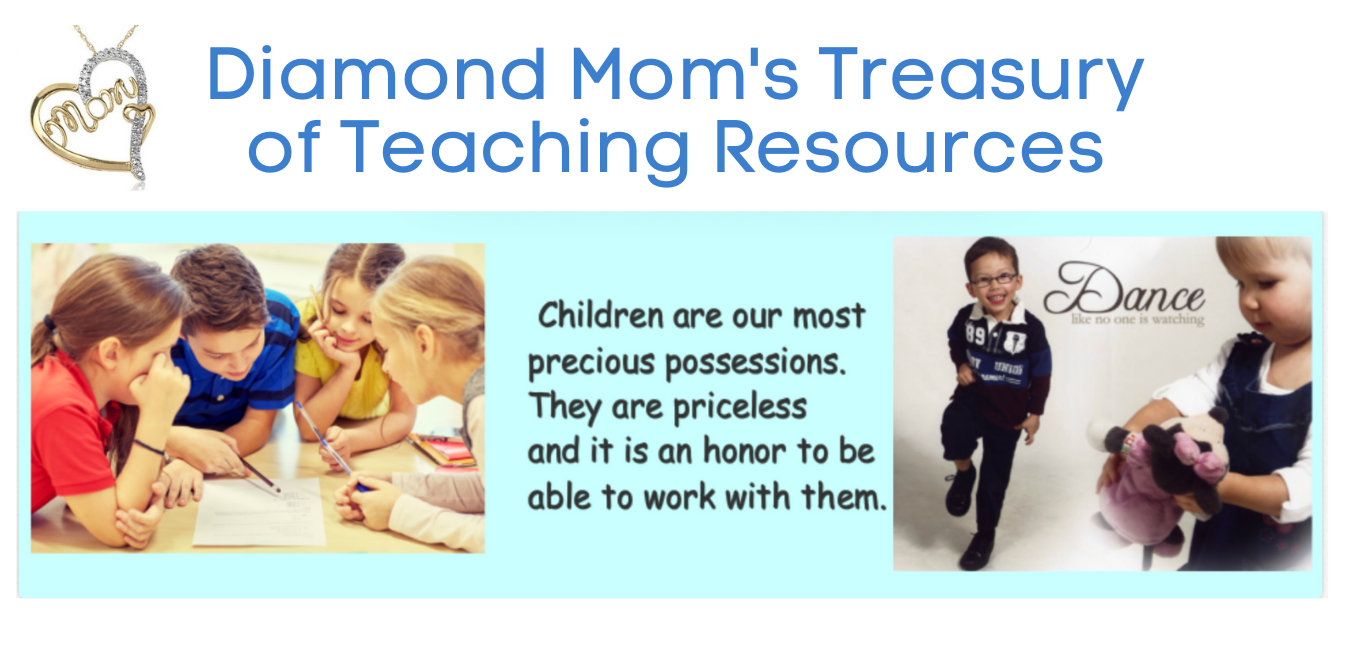
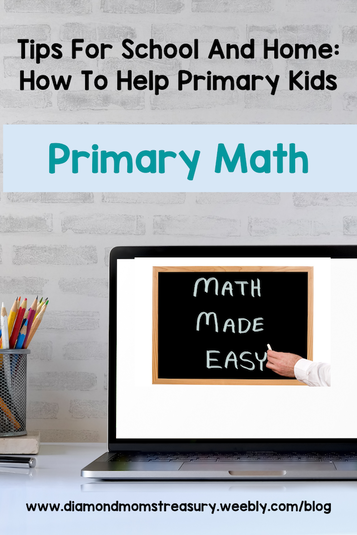
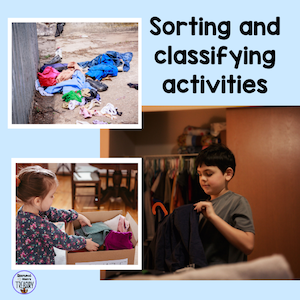
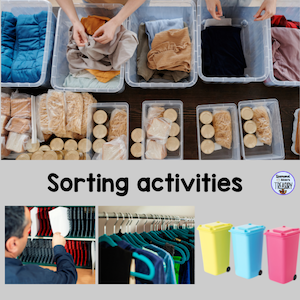
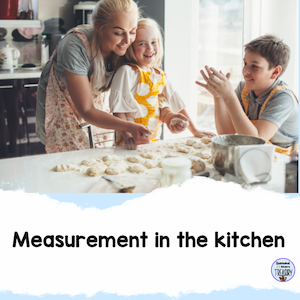
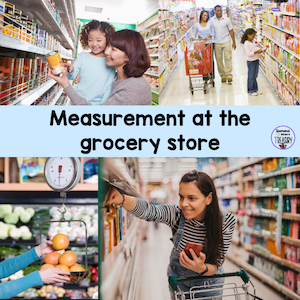
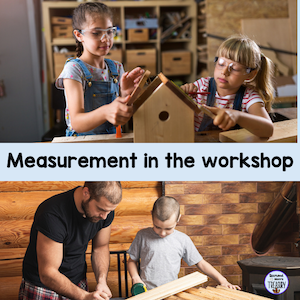
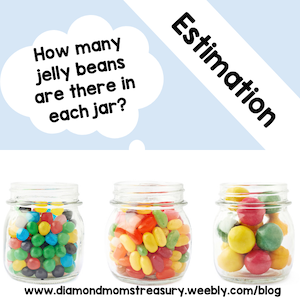
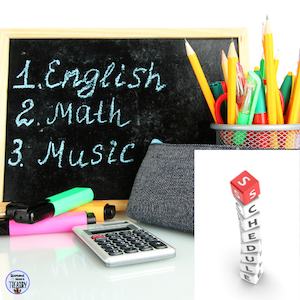
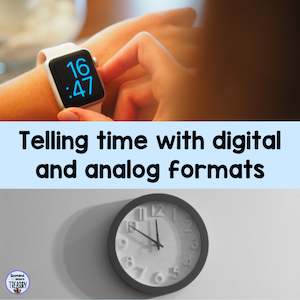
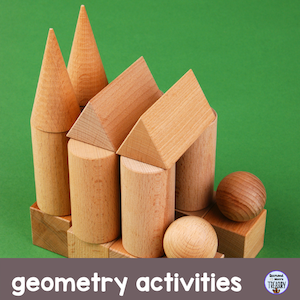
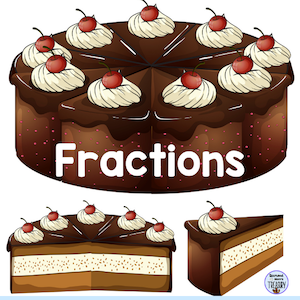
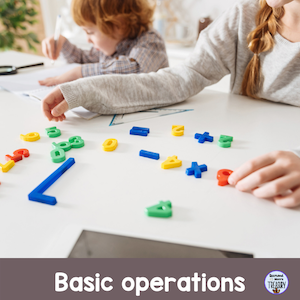
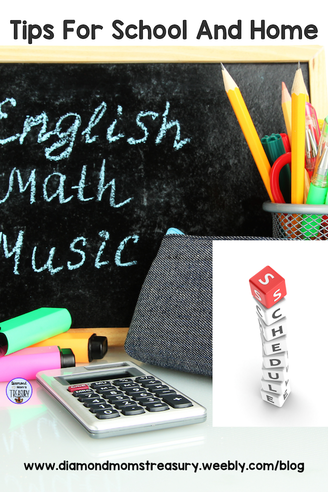

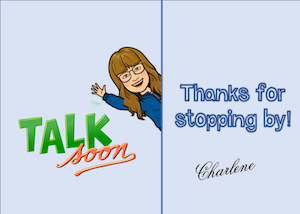
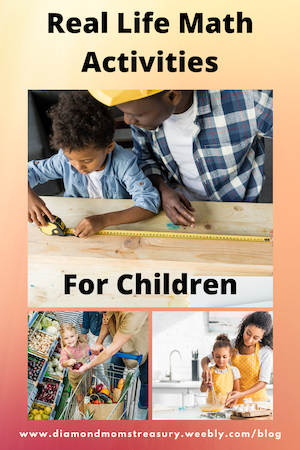
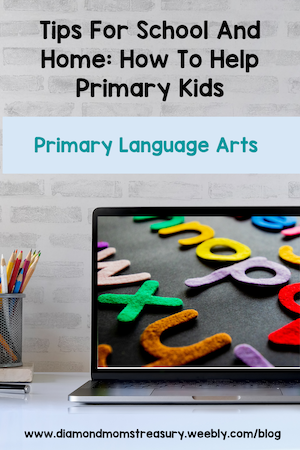
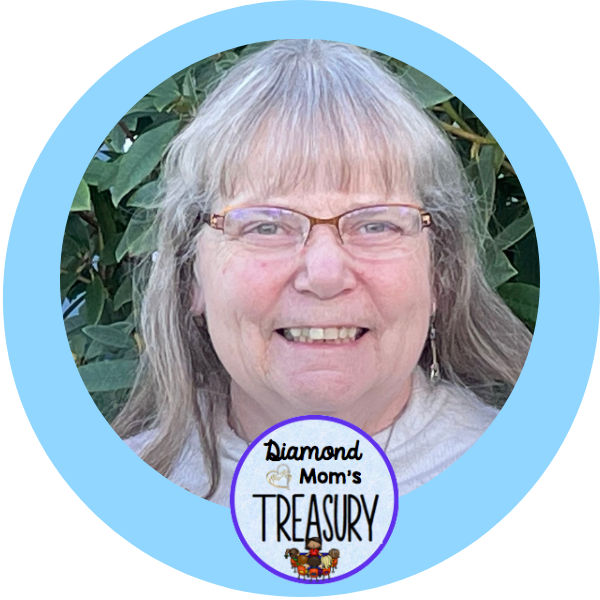

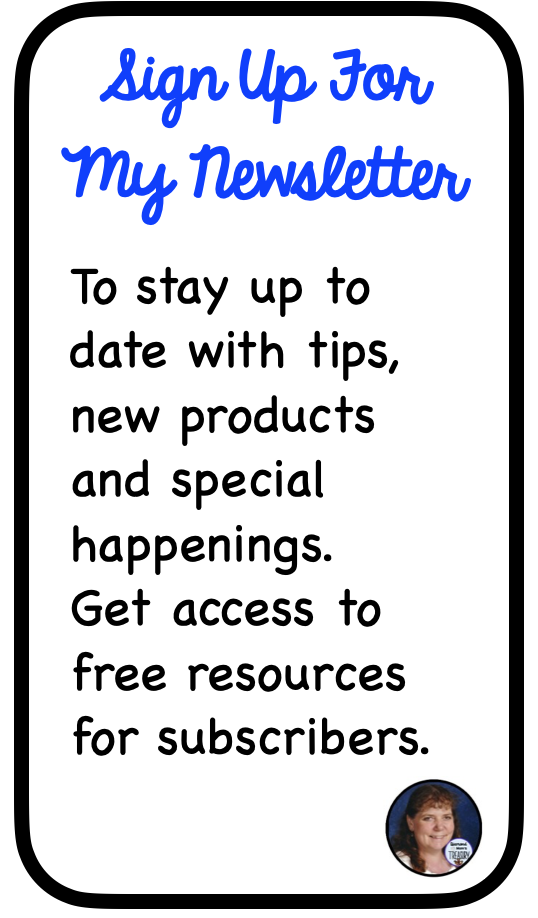
 RSS Feed
RSS Feed